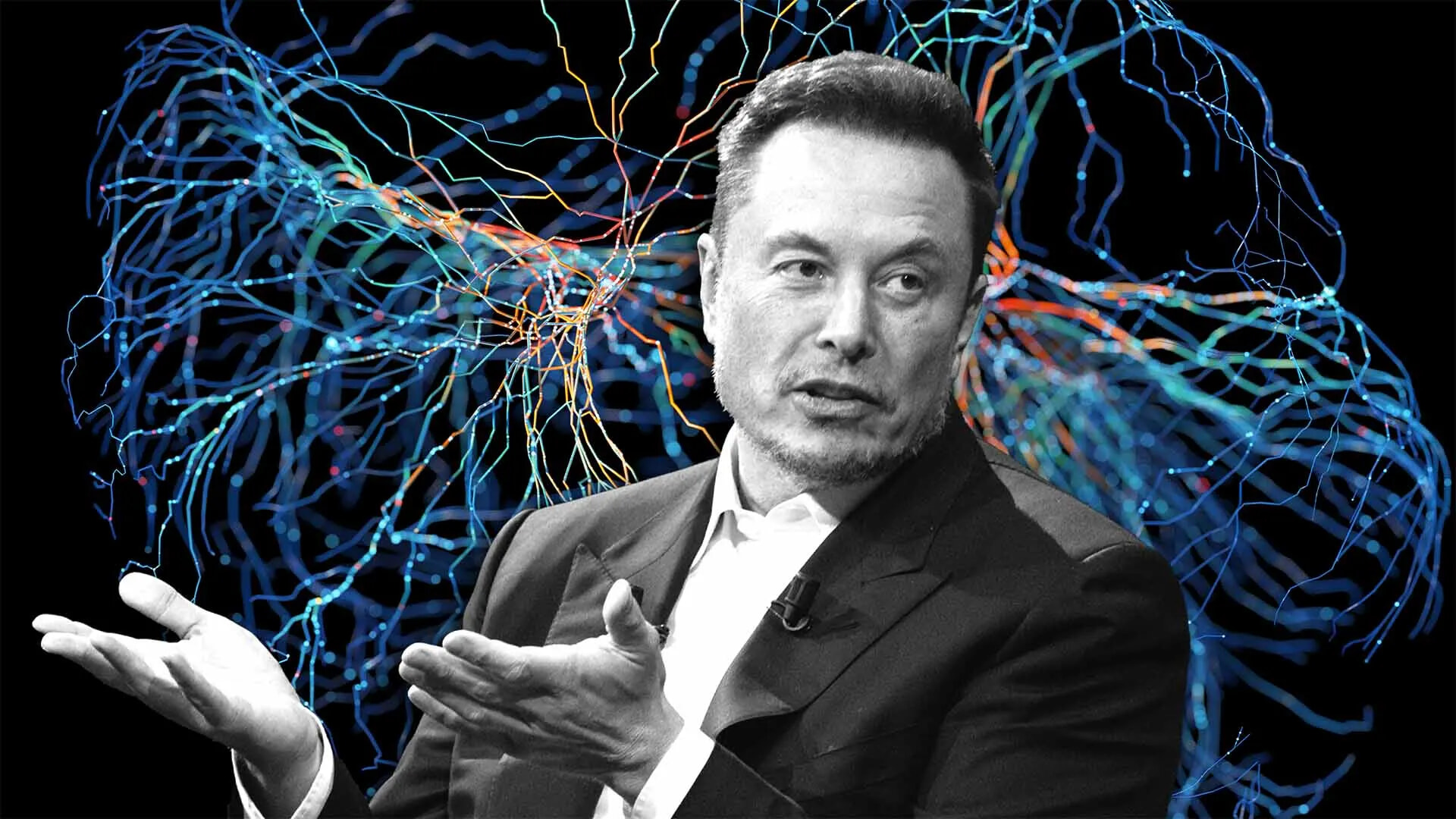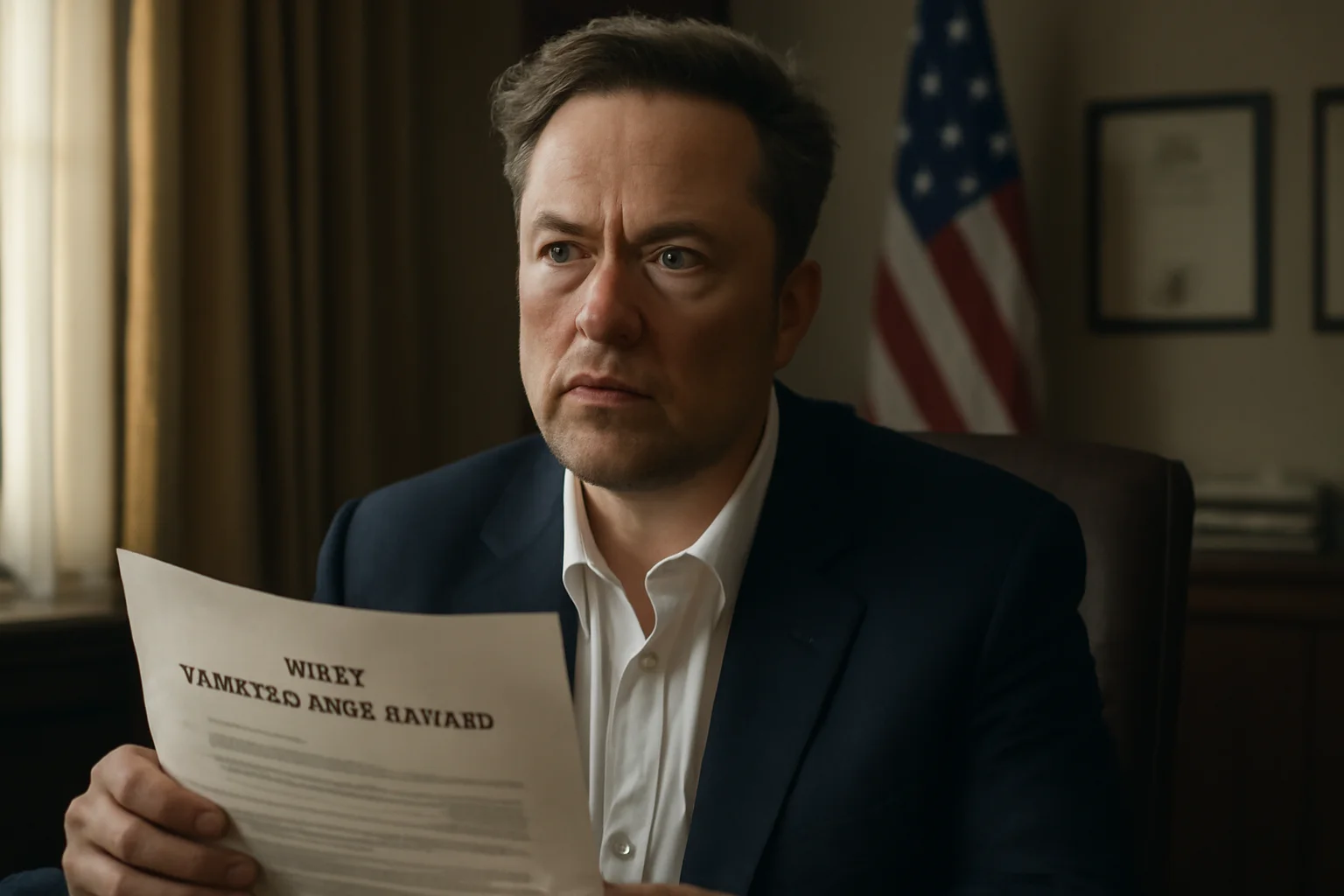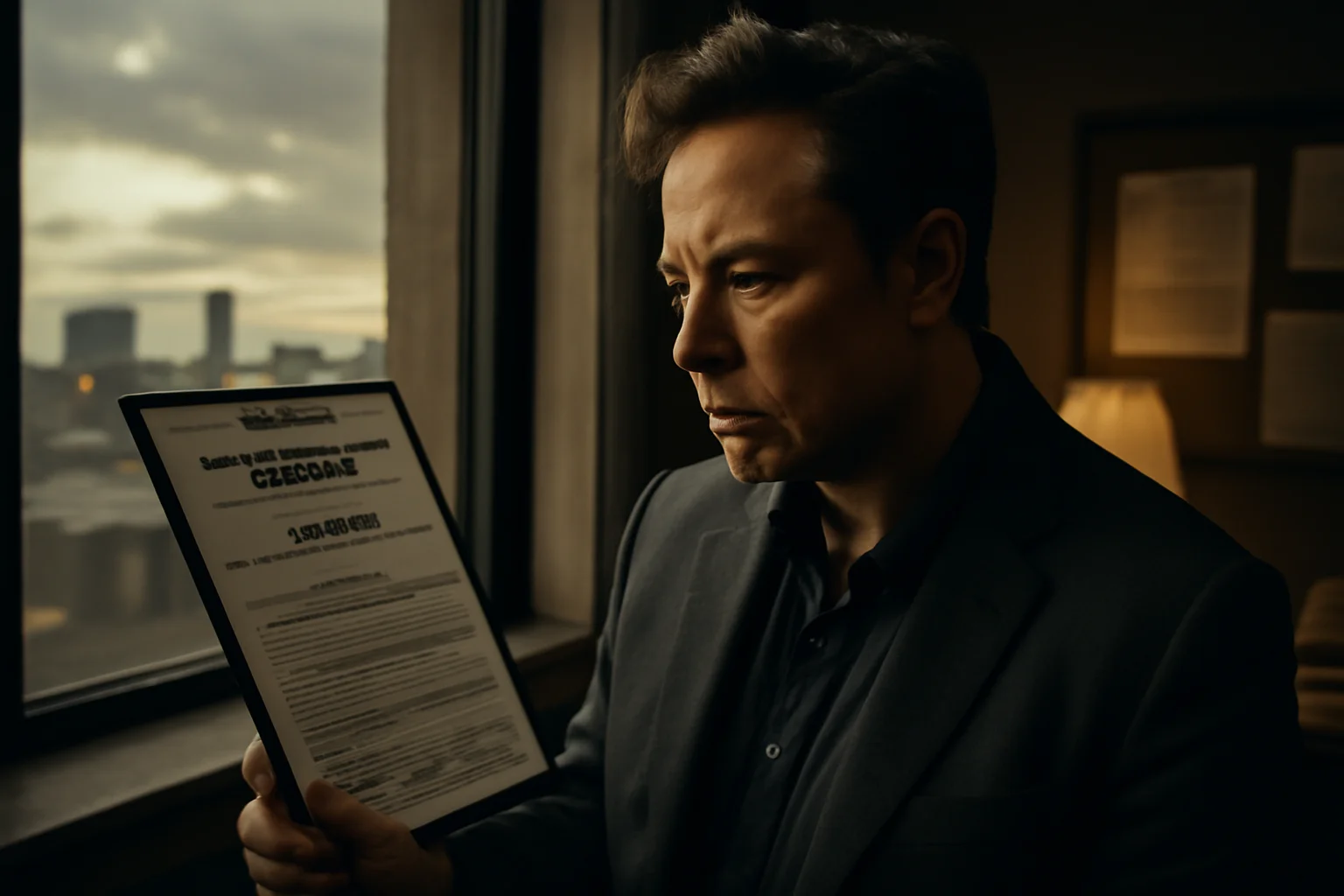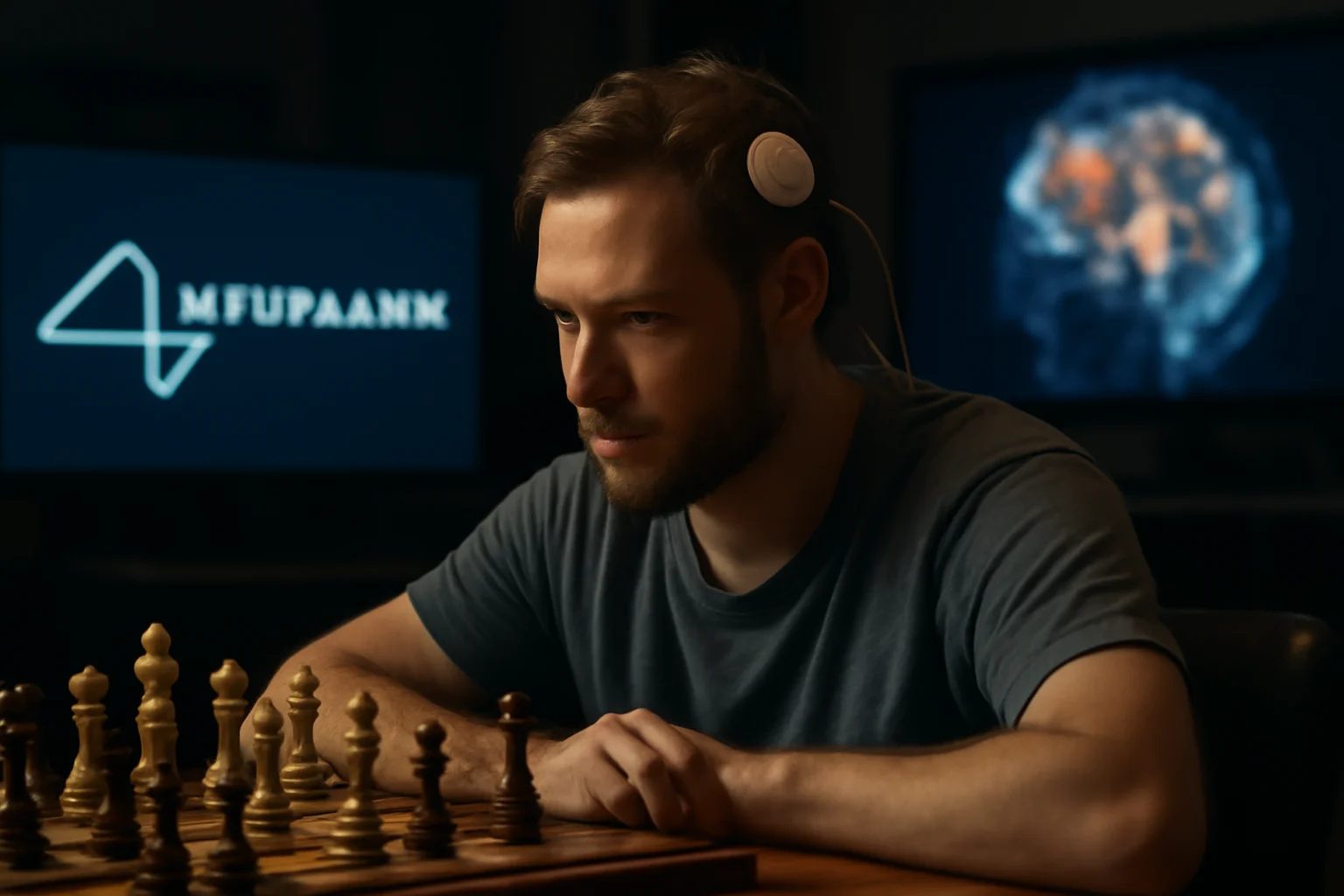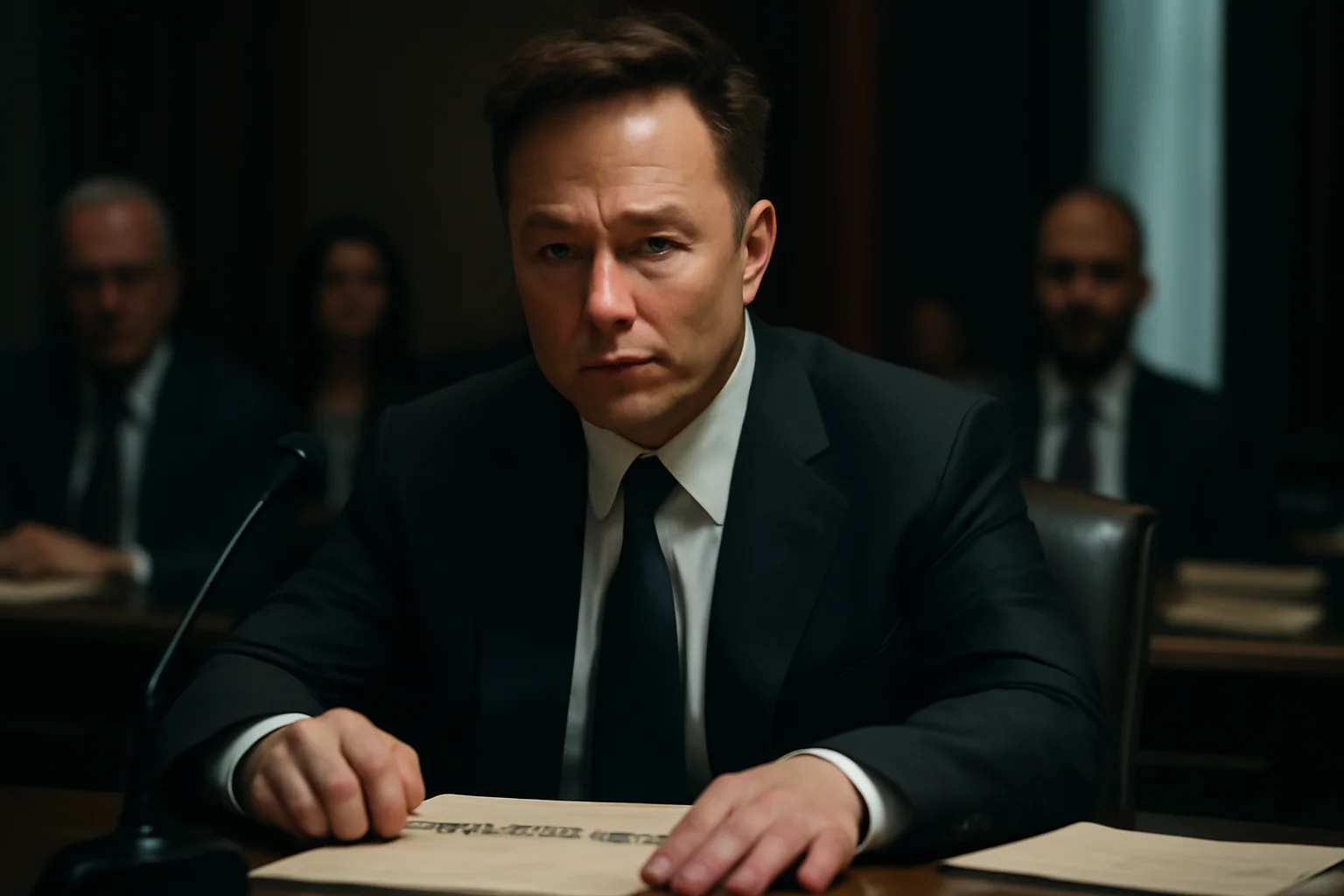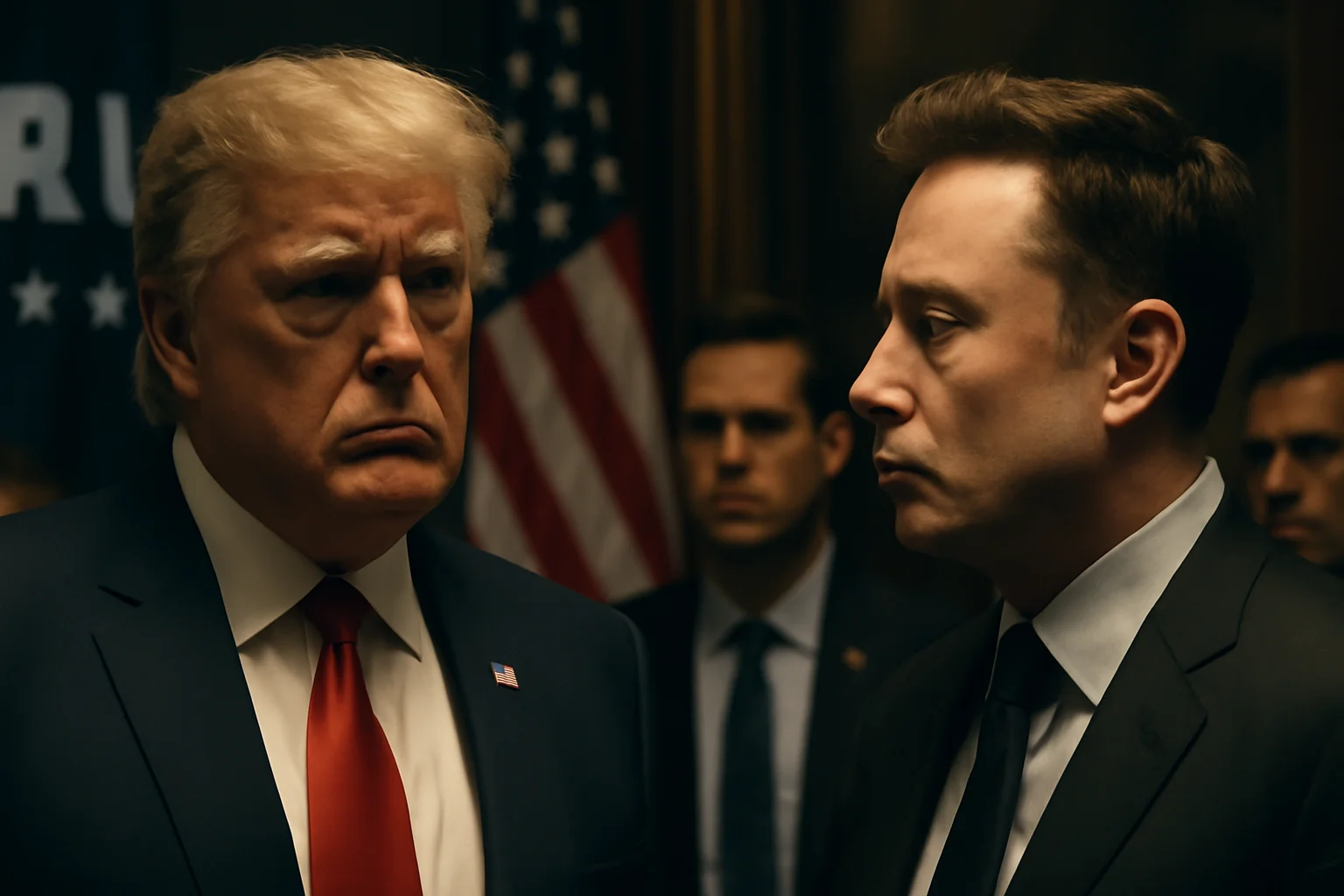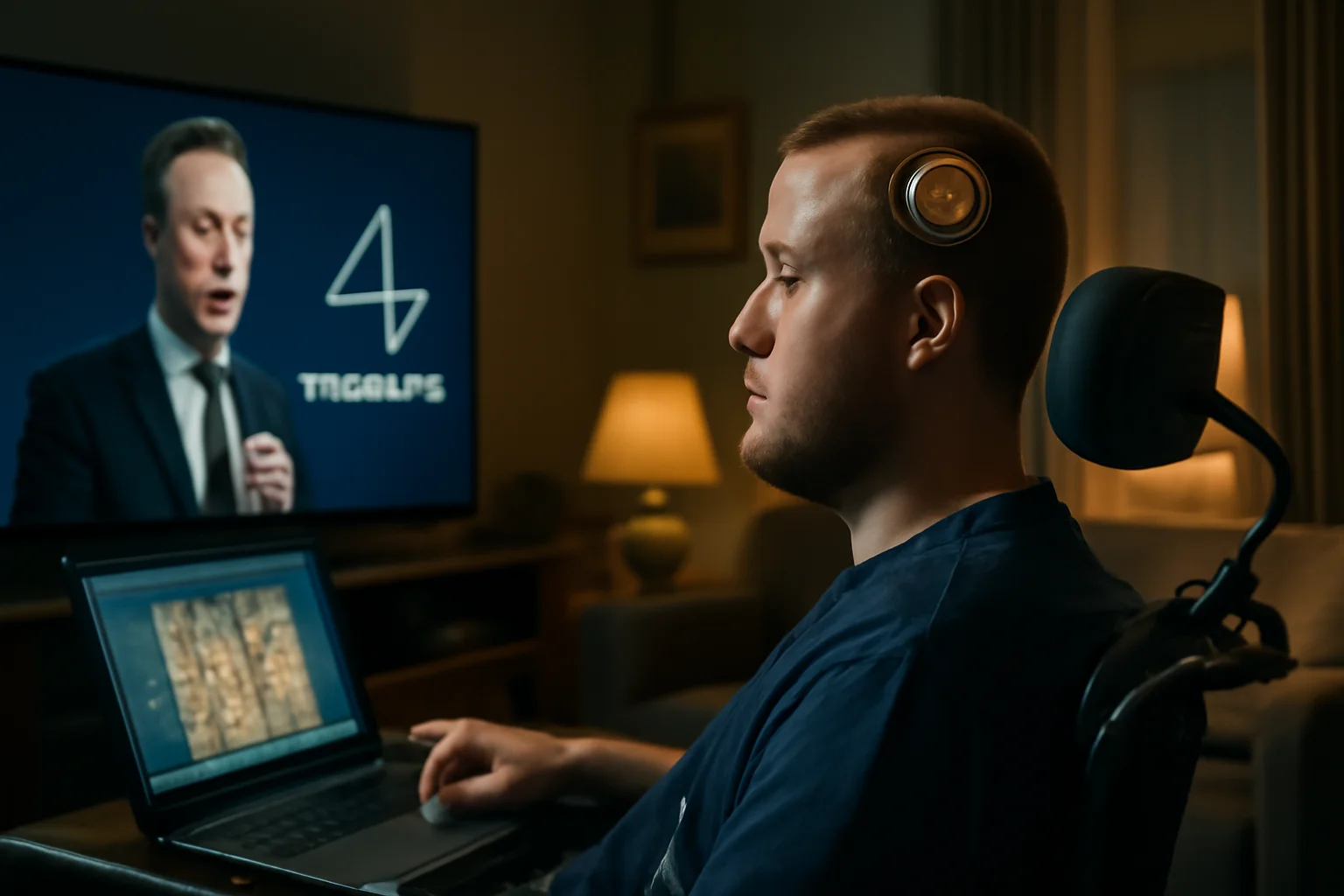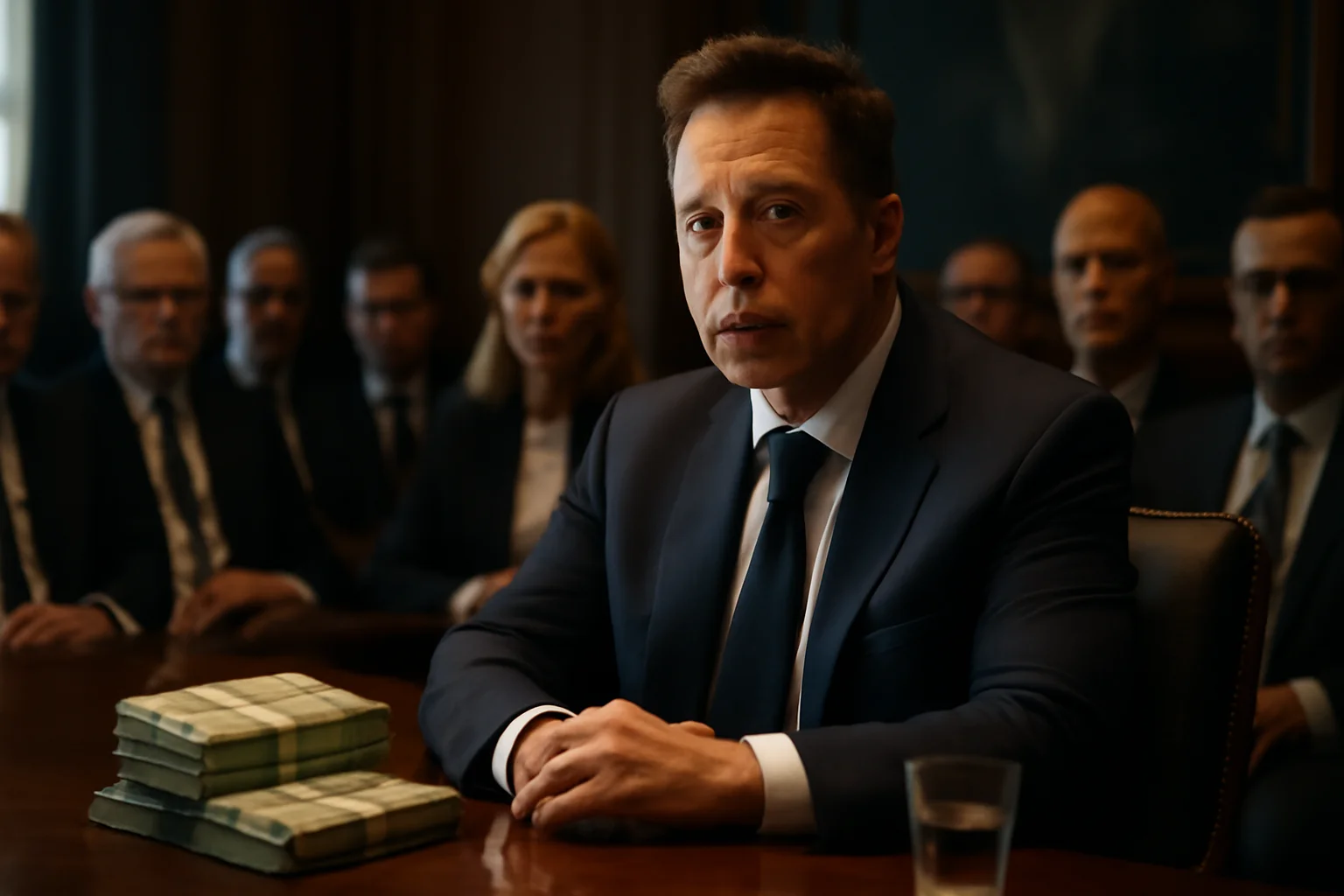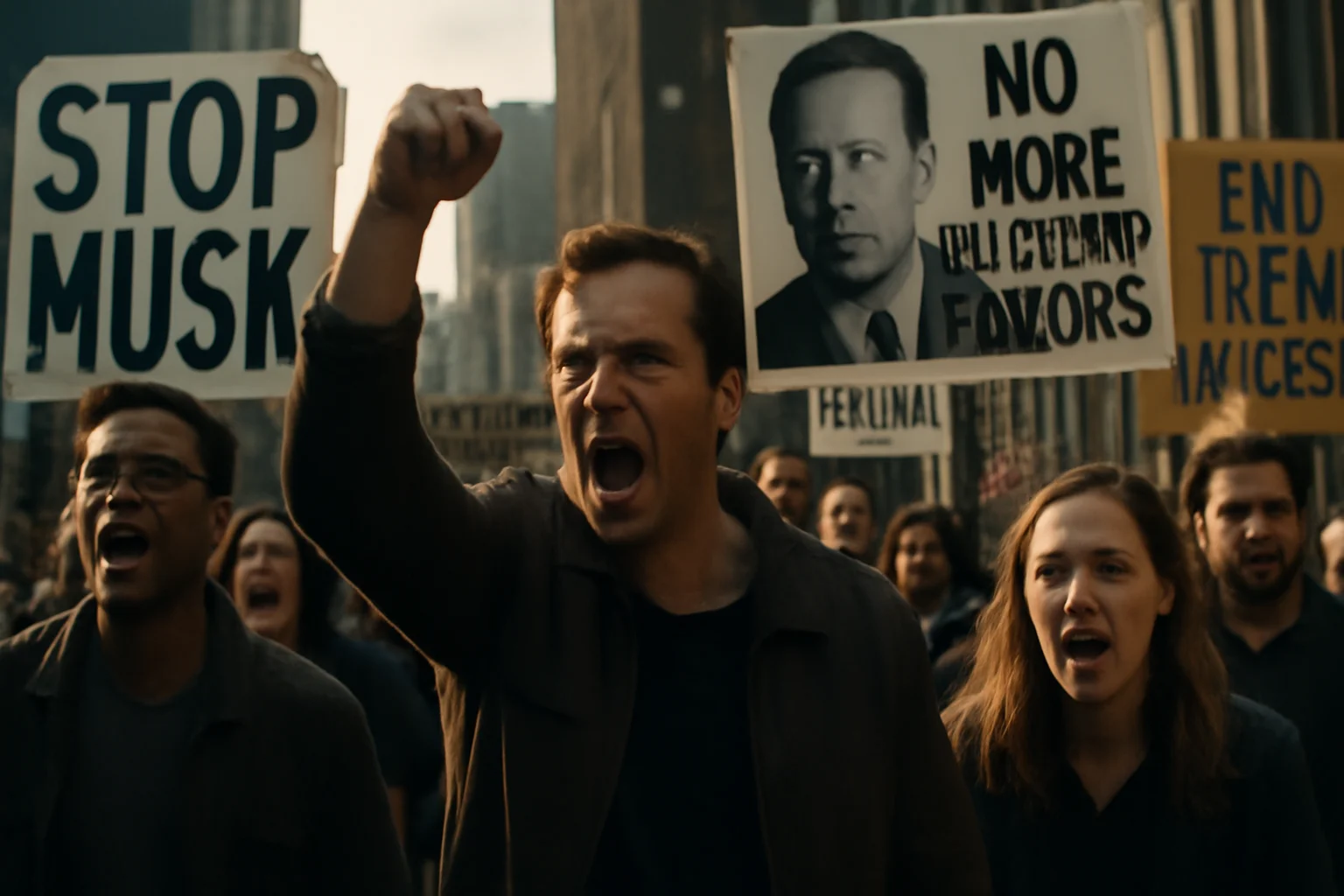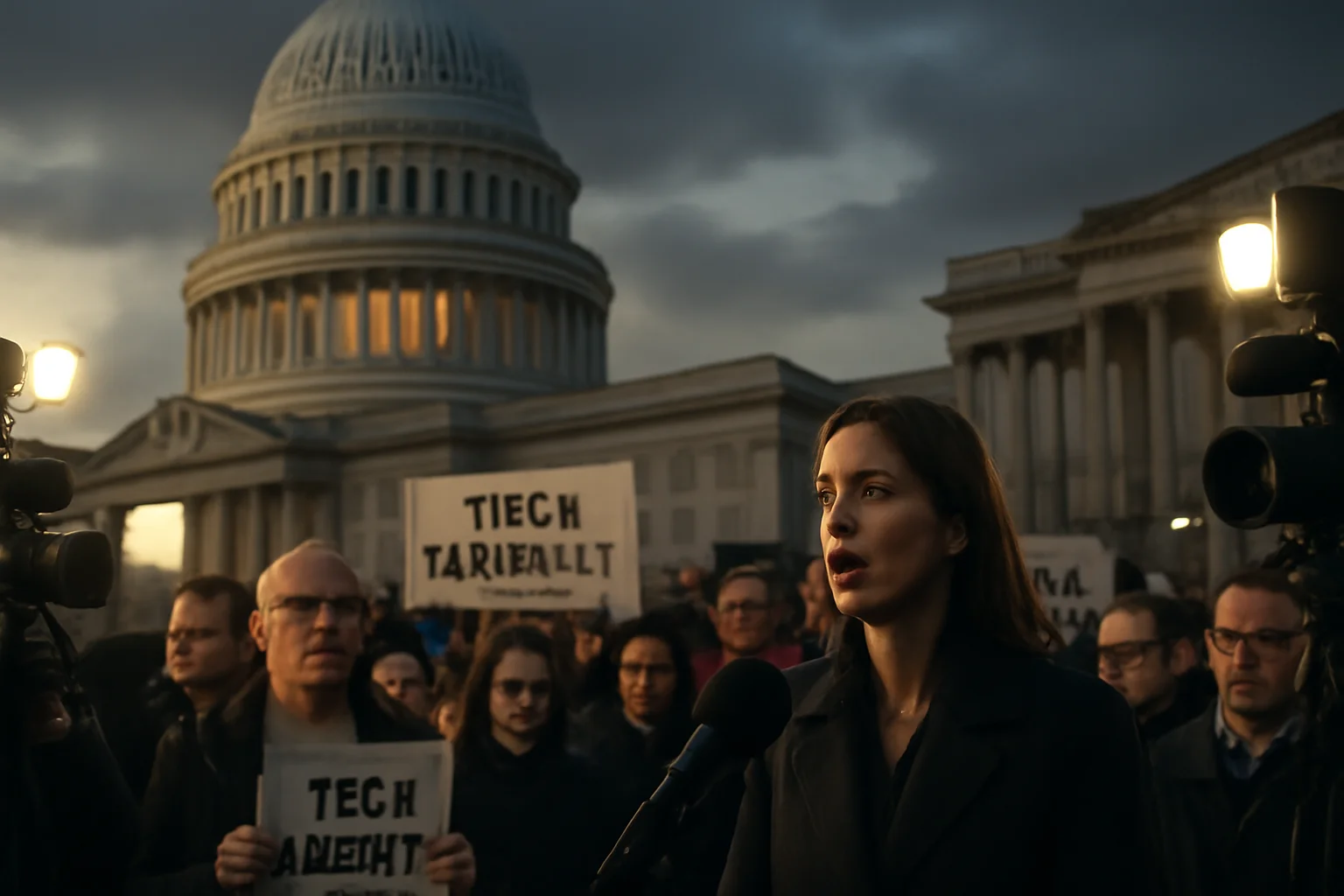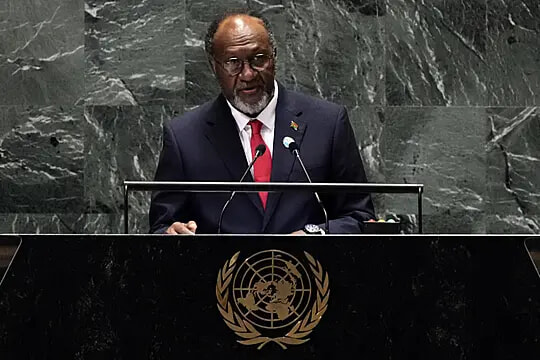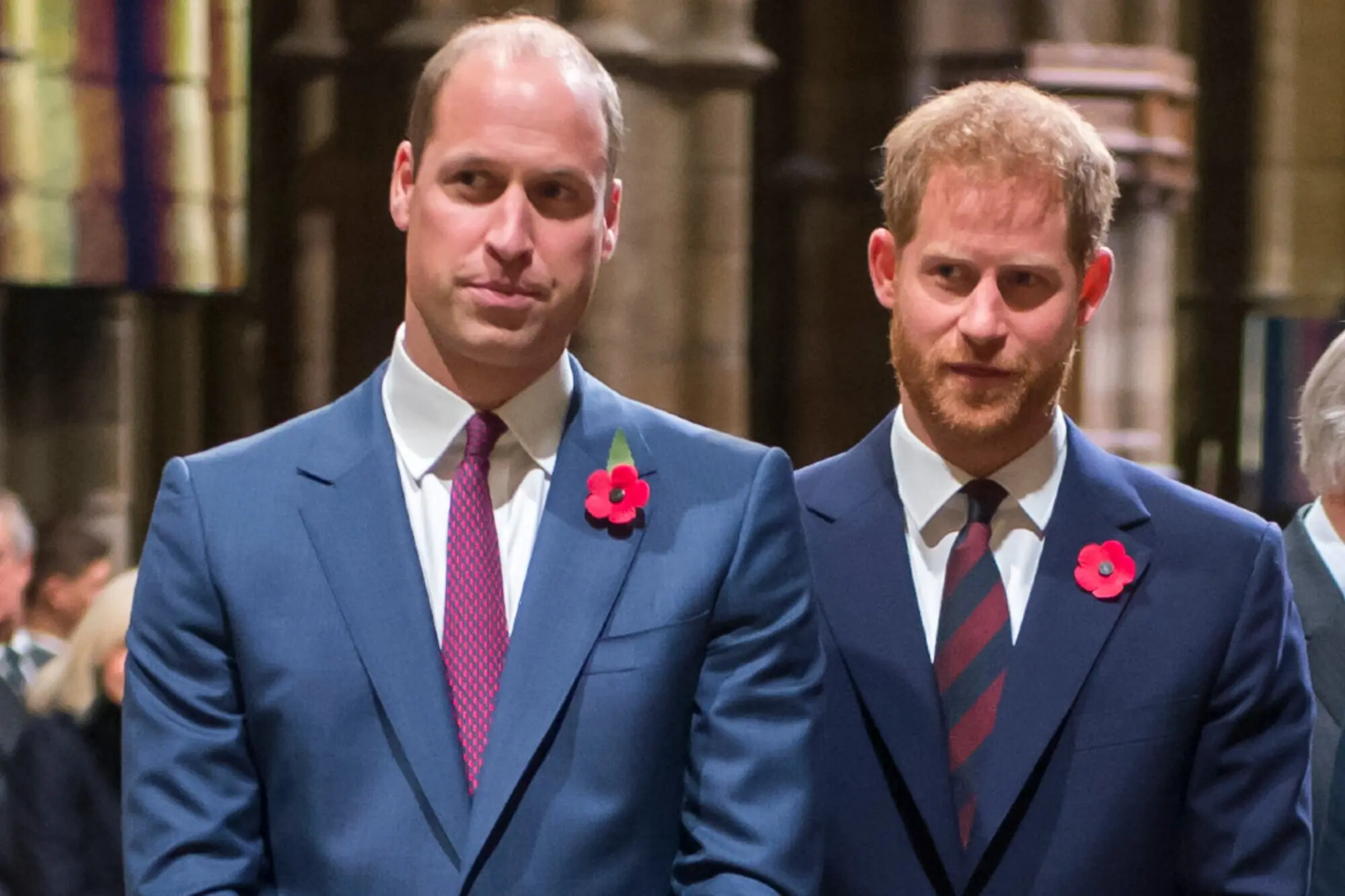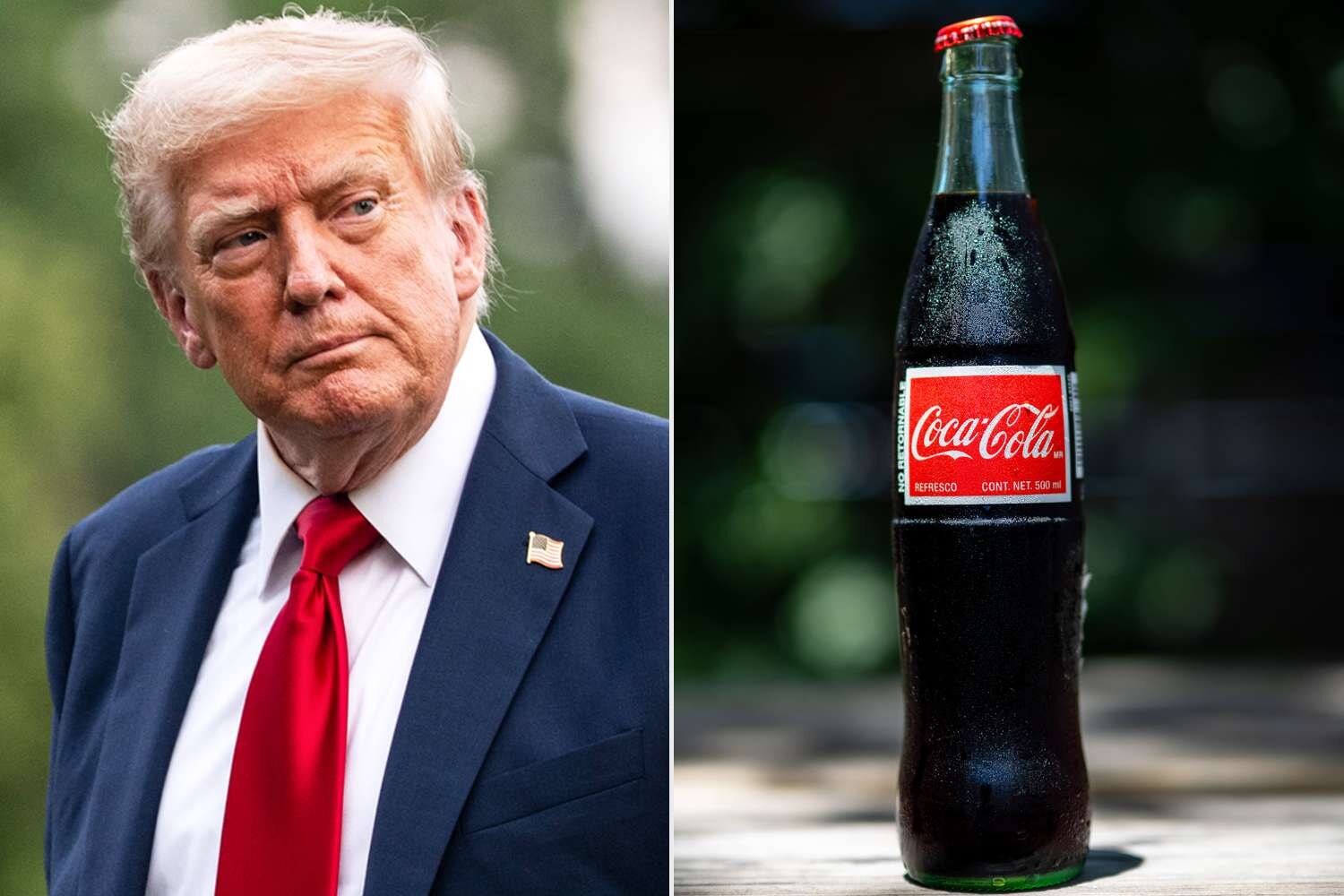Behind the drama, Neuralink’s work touches real lives, pushing the boundaries of human-machine integration.
Noland Arbaugh, paralyzed from the shoulders down, was the first human to receive a Neuralink implant and move a cursor just by thinking.
The chip allowed him to play chess, video games, and even communicate—all through sheer mental effort.
Musk’s vision goes far beyond medicine, hinting at cognitive upgrades, military uses, and even brain-machine “symbiosis.”
For patients and advocates, the promise is thrilling, but for critics, the ethics and motives are clouded by corporate ambition.
In January, at least three people had received Neuralink chips, with plans to reach dozens more by year’s end.
While the SDB scandal swirled, patients and families were watching, hoping the company’s ambitions wouldn’t be derailed by legal or political fallout.
The FDA’s fast-tracked approvals gave Neuralink a unique edge, raising questions about oversight and influence.
Investors, from Peter Thiel to ARK Invest, see the technology as world-changing, making the stakes even higher.
At its heart, the controversy isn’t just about forms and filings—it’s about the future of human ability and autonomy.
How Neuralink navigates this storm will shape not only Musk’s legacy, but the next era of biotechnology.
